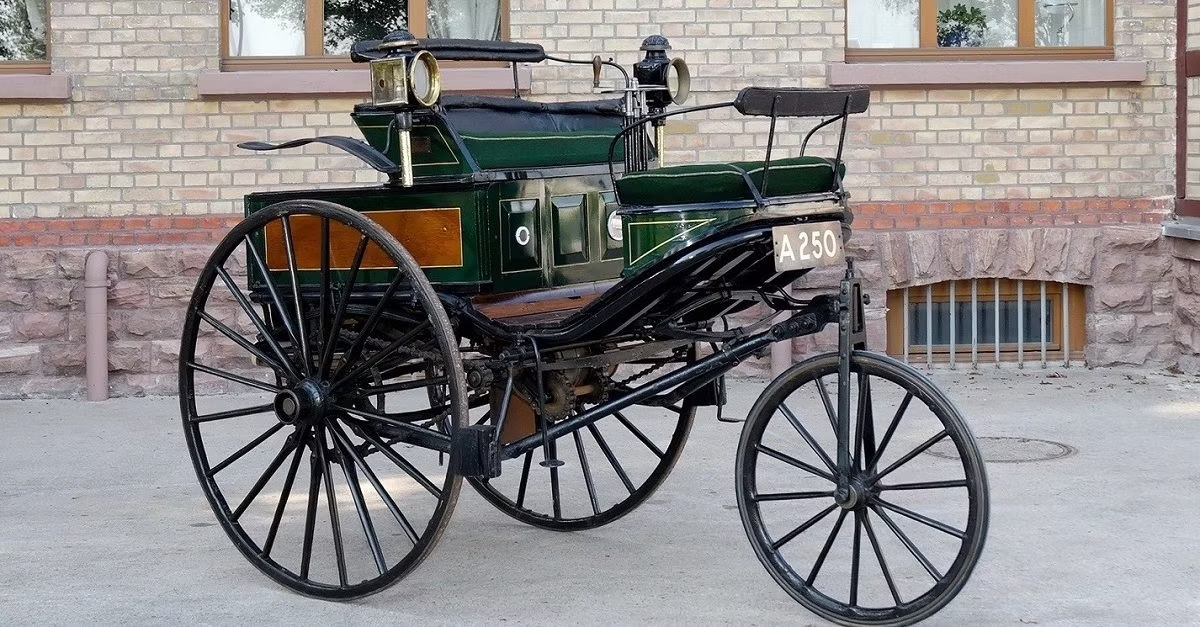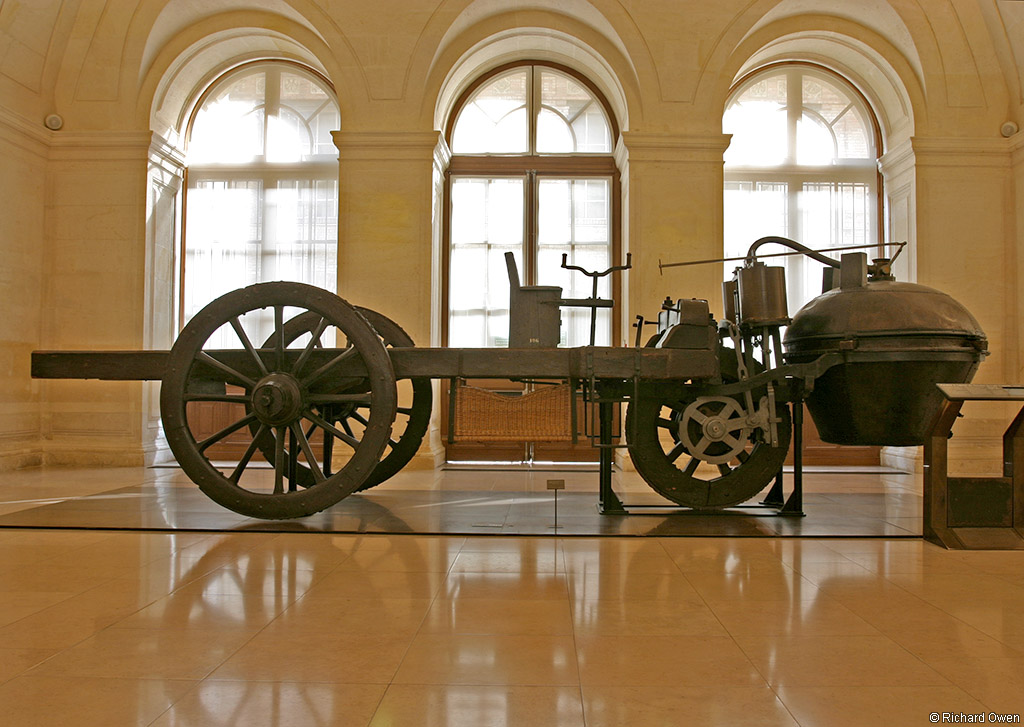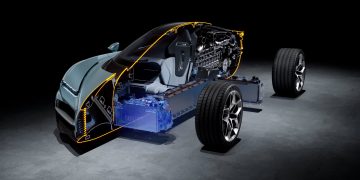The Pinnacle of Ingenuity: Surpassing Records and Remembering Origins
On January 11, 2022, the Ministry of Public Security announced a remarkable milestone in China’s history of transportation: the national automobile ownership reached an astounding 395 million vehicles, with 481 million drivers behind the wheel. Furthermore, 79 cities in the country now boast a vehicle population exceeding one million each. Marking a historic moment, China surpassed the United States to become the nation with the world’s largest number of vehicles. As we commemorate the 136th anniversary of the automobile on this day, January 29, 2022, let us delve into the story behind the genesis of the world’s very first automobile.
A Replica: Tribute to the World’s First Automobile
January 29, 1886, marks a momentous date in technological history: Karl Friedrich Benz was granted the “Motor Car Manufacturing Patent” from the German patent office for his three-wheeled vehicle powered by gasoline. This day is universally acknowledged as the Birth of the Automobile.

The March of Progress: Beyond the Patent
Before Benz revolutionized transportation with his invention, were there no attempts to craft a self-propelled vehicle? Undoubtedly, there were. Since the inception of the wheel, humanity has been incessantly striving to devise various types of wheeled transportation.
The Journey of Wheeled Conveyance
The earliest wheeled vehicles were dependent on animal power until James Watt’s improvement of the steam engine in 1766 ignited the Industrial Revolution, presenting the possibility of vehicular propulsion without animals.
Steam-Powered Beginnings: The 1769 Cugnot Steam Car
In 1769, the French inventor Nicolas Joseph Cugnot introduced the first-ever steam-driven carriage. This nascent iteration of a steam-powered vehicle, however, was ultimately impractical for widespread use due to its bulky power systems.

An Odyssey of Invention: The Quest for the Ideal Propulsion
Over the subsequent centuries, a legion of inventors dedicated their efforts to creating an automobile powered by an internal combustion engine. These pioneers included the Swiss inventor Isaac de Rivaz in 1807, Belgian Étienne Lenoir in 1863, and Austrian Siegfried Marcus in 1870. Many of their designs remained conceptual, with the few actual vehicles being built proving too cramped to transport passengers.
The Benz Company: A Foundation for Success
In October 1883, Carl Benz, alongside his business partners, founded the company that would become known as Benz & Cie. or the Benz company. It swiftly found success as the demand for engines soared, allowing the Benz company to thrive financially.

The Workshop of Dreams: Crafting a New Vision
Benz’s talent in the field of automotive engineering shone as he envisioned a vehicle not as a modified carriage, but as a wholly integrated design. His pioneering three-wheeled creation featured a water-cooled engine with a horizontal cylinder and a large flywheel, complete with electronic ignition and a differential gear system, a sweeping departure from traditional carriages.
A Legacy in Motion: Unveiling the Motorwagen
Benz’s Motorwagen, equipped with a single-cylinder four-stroke engine of merely 954cc, lightweight at around 100 kilograms, and capable of speeds up to 16 km/h, was completed in 1885 and aptly named for its functionality. Its test drive in October of the same year paved the way for the formal recognition of the invention on January 29, 1886, with patent number DRP 37435. The true essence of the automobile was thus born.
A Challenging Debut: The Motorwagen Takes to the Streets
Despite receiving a patent, public understanding and demand for the Motorwagen were initially lacking until a public demonstration on July 3, 1886. However, as a result of the vehicle’s complex handling, this early showcase resulted in the first recorded automobile accident, leading Benz to make improvements to the design.
A Pioneer’s Journey: Bertha Benz and the World’s First Road Trip
In summer 1888, Bertha Benz, unwilling to let her husband’s invention go unnoticed and determined to prove its value, embarked on the first long-distance automobile trip from Mannheim to Pforzheim with her sons. This epic journey not only established the first “marketing campaign” for the automobile but also resulted in innovative leaps like the creation of brake linings.
Marketing History: The Sale of the First Motorwagen
By late summer 1888, the Motorwagen achieved another record as the first car made available for purchase, bolstered by the world’s first automobile advertisement. Emil Roger, a Parisian bicycle manufacturer, became its first customer. From 1886 to 1893, 25 Motorwagens were produced, succeeded by the Velo model in 1894, but the Motorwagen’s status as the world’s first automobile remains unchallenged.

A Vision of the Road Ahead: The Ongoing Evolution of Automobility
Over more than a century, the car’s role has evolved significantly. The future beckons with ‘The New Four Modernizations’ in automotives — electrification, connectivity, intelligence, and sharing — reshaping the industry landscape. Our future vehicles are set to utilize cleaner energy and become smarter, forever altering the dynamic between humans, vehicles, and nature.


































Discussion about this post